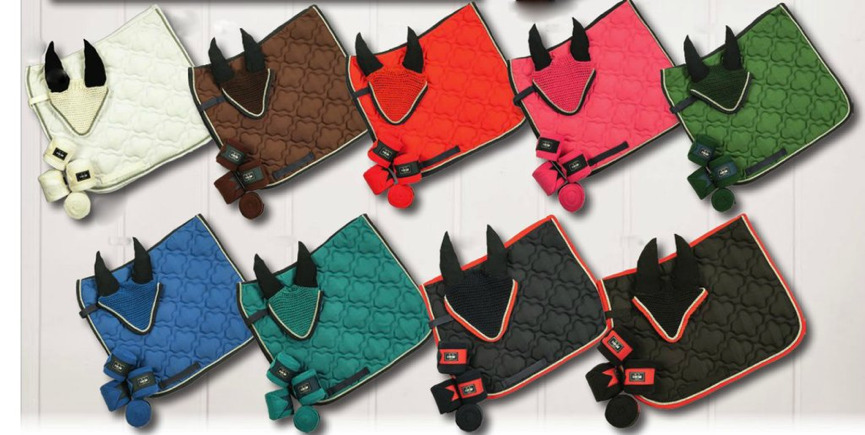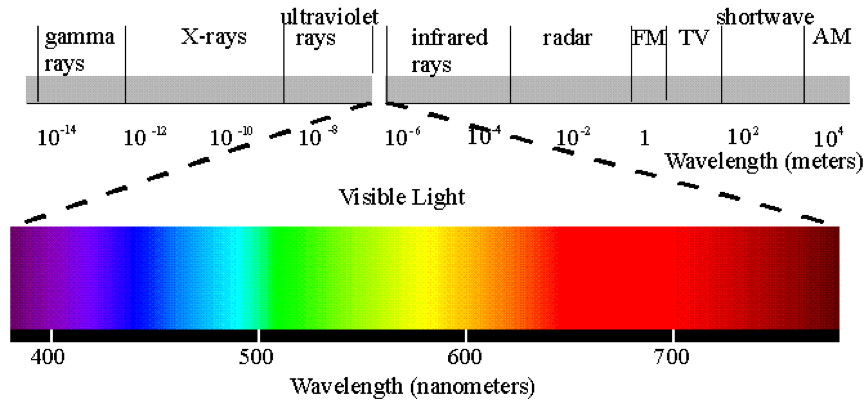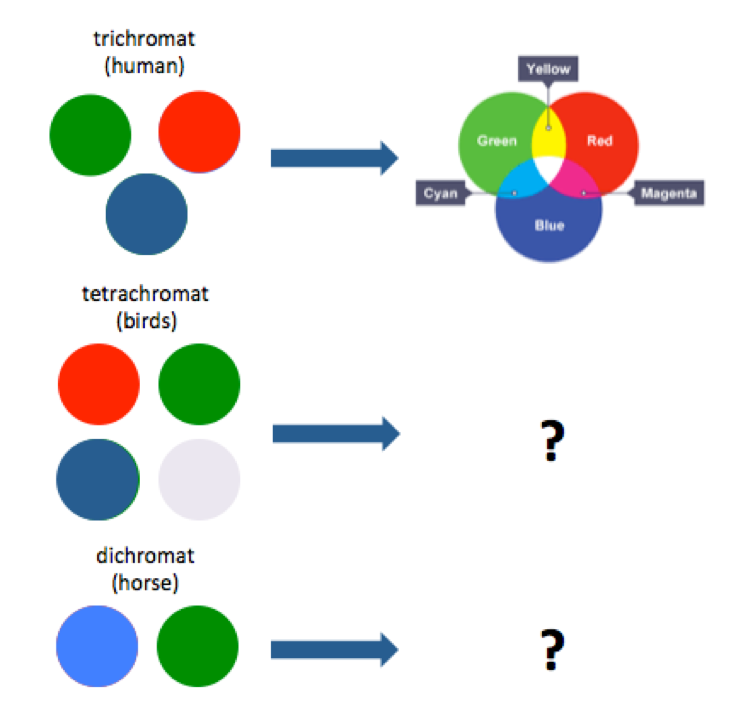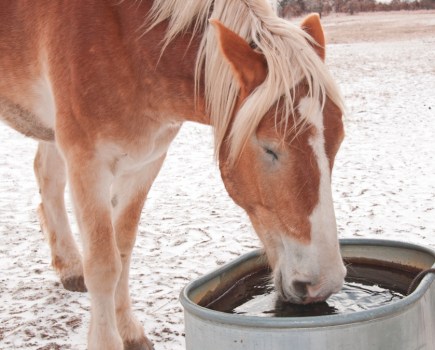Do horses see in colour? To explain how your horse sees the world is our resident scientist, Ilse.
I’m willing to bet that most riders have, at some point, wondered how the world looks like to their horse.
How does a course of brightly coloured showjumps look to our horses? Can our horses really appreciate our matchy-matchy efforts?
While the question may appear to be purely philosophical, working out what our horses can see has serious applications.
For example, if a horse can’t tell the difference between a certain colour and green, how can we expect him to see a jump pole of the same colour against a grassy background?
But before I answer the question, I’d like to walk you through the research and experiments scientists have done to determine the horse’s colour vision to give you a flavour of the scientific method.

Can our horses appreciate our matchy-matchy efforts as much as we do?
Although it may on the surface seem pretty straightforward to determine what colours a horse can see, it’s actually surprisingly difficult.
For a start, colours don’t actually exist… colour is just the way our brain processes light with different amounts of energy across the spectrum (sorry to remind you of school physics lessons).
It’s important to bear in mind that our perception of colour will cloud our thinking when it comes to colour vision in other animals.
Having said that, I’ll carry on using the term colour for want of a better word!
 We have three different types of colour receptor (called cones) in our eyes, making us trichromats (three-colours).
We have three different types of colour receptor (called cones) in our eyes, making us trichromats (three-colours).
Each of these receptors can detect different parts of the visible spectrum. These are what let us see red, green and blue.
All the other colours we see are combinations of these three colours. The colours an animal can see are determined by the parts of the spectrum that their colour receptors can detect as well as how the brain processes that information.
For instance, birds have four types of colour receptor, making them tetrachromats. They can even see ultra violet (UV), part of the spectrum that is invisible to us.

Humans have three colour receptors (green, red and blue), which allow us to see a broad spectrum of colours. Birds have four colour receptors (green, red, blue and ultra violet) while horses only have two (blue and green). However, we cannot tell what colours an animal can actually see just from these cone types; we need to find a way of asking them!
Horses, it turns out, are dichromats, meaning that they have two types of colour receptor: one towards the blue region of the spectrum and one towards the green region.
However, we cannot tell what “colours” a horse can see just from the cone types because we don’t know how their brains process that information.
Therefore we need to do some experiments to see which colours they can see.
In the next blog, I’ll outline some of the experiments researchers have done to work out just how colourful a horse’s world really is.
To be continued…








